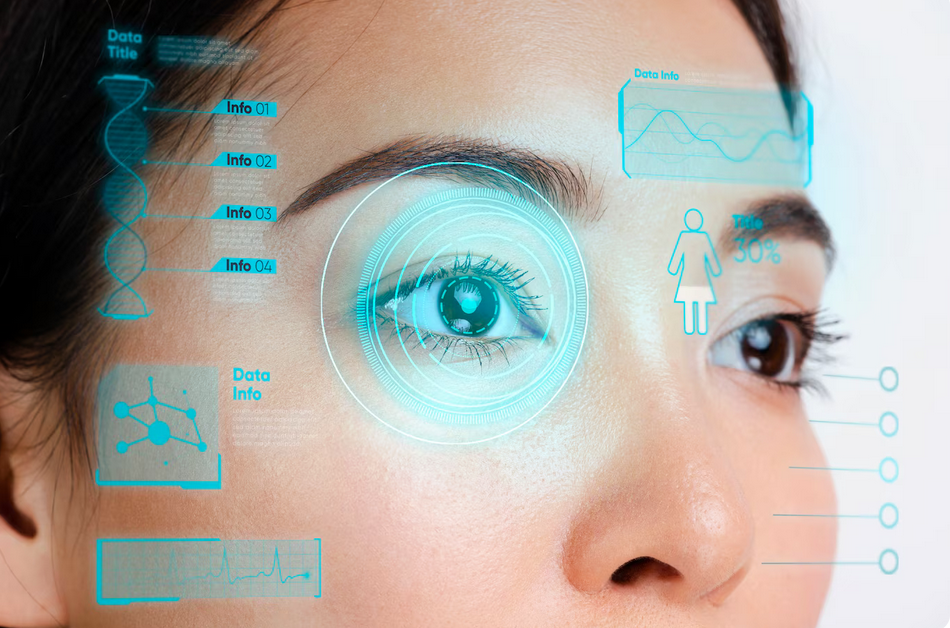If you’re tired of glasses or contact lenses, you’ve probably considered vision correction procedures like LASIK or ICL (Implantable Collamer Lens). While both can dramatically improve your eyesight, they work in very different ways. So how do you choose between them? In this guide, we’ll compare ICL and LASIK across key factors like procedure, recovery, results, and ideal candidates—helping you decide which is the right fit for your eyes and lifestyle.
What Is LASIK?
LASIK (Laser-Assisted In Situ Keratomileusis) is a laser eye surgery that reshapes your cornea to correct refractive errors such as:
- Myopia (nearsightedness)
- Hyperopia (farsightedness)
- Astigmatism
How It Works:
- A flap is created in the outer cornea.
- A laser reshapes the underlying corneal tissue.
- The flap is replaced and heals naturally.
LASIK is a popular and well-established procedure with millions of successful cases worldwide.
What Is ICL?
ICL (Implantable Collamer Lens) is a phakic intraocular lens implanted in the eye to correct vision—without removing the natural lens. It’s ideal for patients who may not qualify for LASIK due to thin corneas or high prescriptions.
How It Works:
- A small incision is made in the cornea.
- A biocompatible lens (Collamer) is inserted behind the iris and in front of the natural lens.
- The lens remains in the eye permanently but can be removed or replaced.
ICL vs. LASIK: Key Differences
| Feature | LASIK | ICL |
|---|---|---|
| Correction Method | Corneal reshaping with a laser | Lens implanted inside the eye |
| Type of Procedure | Permanent corneal modification | Reversible lens implantation |
| Ideal Candidates | Ages 18+, stable prescription, adequate corneal thickness | Ages 21–45, high myopia, thin corneas |
| Reversibility | Irreversible | Reversible |
| Dry Eye Risk | Moderate (corneal nerves are affected) | Low (no corneal flap created) |
| UV Sensitivity | May increase post-surgery | UV protection built into ICL |
| Night Vision Quality | May cause glare or halos initially | Usually better night vision outcomes |
| Recovery Time | Fast (24–48 hours) | Slightly longer (few days to a week) |
| Cost | Lower upfront cost | Higher upfront cost |
Who Should Choose LASIK?
LASIK is best for individuals who:
- Have mild to moderate refractive errors
- Have thick, healthy corneas
- Prefer a quick, outpatient procedure with fast recovery
- Want a more cost-effective solution
- Are not prone to dry eye issues
Not recommended for:
- People with thin corneas
- Those with severe dry eyes
- Patients with very high prescriptions
Who Should Choose ICL?
ICL is ideal for:
- Individuals with high myopia (up to -20.00 D)
- Those with thin or irregular corneas
- Patients at higher risk of dry eye syndrome
- People who want a reversible procedure
- Individuals who are not eligible for LASIK
Not recommended for:
- People with cataracts or glaucoma
- Patients over 45 (due to presbyopia or lens changes)
Cost Comparison
- LASIK: Typically ranges from $2,000–$3,000 per eye
- ICL: Ranges from $4,000–$5,000 per eye
Though ICL has a higher upfront cost, its benefits may outweigh the price for those with complex prescriptions or dry eye concerns.
Long-Term Results & Safety
Both procedures are highly effective, with over 95% of patients achieving 20/40 vision or better. However, because LASIK permanently alters the cornea, any complications may be harder to reverse. ICL, on the other hand, is removable and upgradeable, offering more flexibility for future vision needs.
Final Thoughts: LASIK or ICL?
Choosing between ICL and LASIK depends on your eye anatomy, lifestyle, and visual goals. A thorough consultation with an experienced ophthalmologist—including corneal mapping, refraction testing, and eye health screening—will determine your best option.
Quick Summary:
- Choose LASIK if you want a fast, permanent, and affordable solution and have a healthy cornea.
- Choose ICL if you have high prescriptions, thin corneas, or want a reversible solution with less risk of dry eye.




